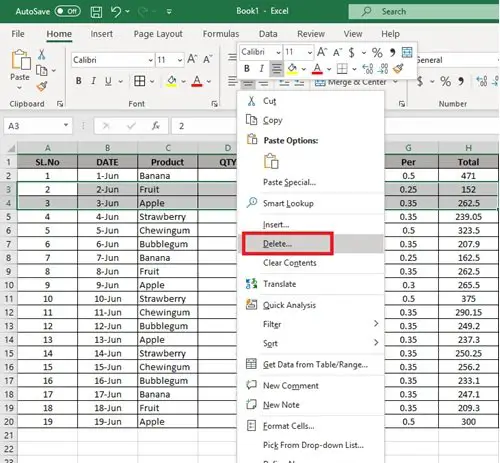

You wouldn’t want to delete an entire row and lose those cells with data. Note: Avoid this method on sheets where only a few cells are empty instead of entire rows. You can also use the Ctrl + F keyboard shortcut to bring up the Find and Replace dialog box. Use it to find all empty rows in a sheet or the entire workbook and then delete them in one go. The Find and Replace command is under the Find & Select button on the Home tab. But it gets cumbersome if you have to scroll around to find and then select multiple blank rows. Using the simple delete command is enough when you just have a few blank rows in your spreadsheet. Use the Find command to search and remove blank rows in Excel

Re-sort the data according to this index column and then delete it.

Select the range of rows in the spreadsheet. A simple sort will bunch all blank rows together and help you quickly remove them. Sorting your data will not only help to organize your data but this can also bring out blank rows you do not need. Use a simple sort to find and remove blank rows in Excel
#Excel how many rows after filter update#
The row numbers will also update to stay in sequence. Those rows below the deleted ones will be moved up to replace the deleted space.
#Excel how many rows after filter how to#
How to remove blank rows in Excel manually


 0 kommentar(er)
0 kommentar(er)
